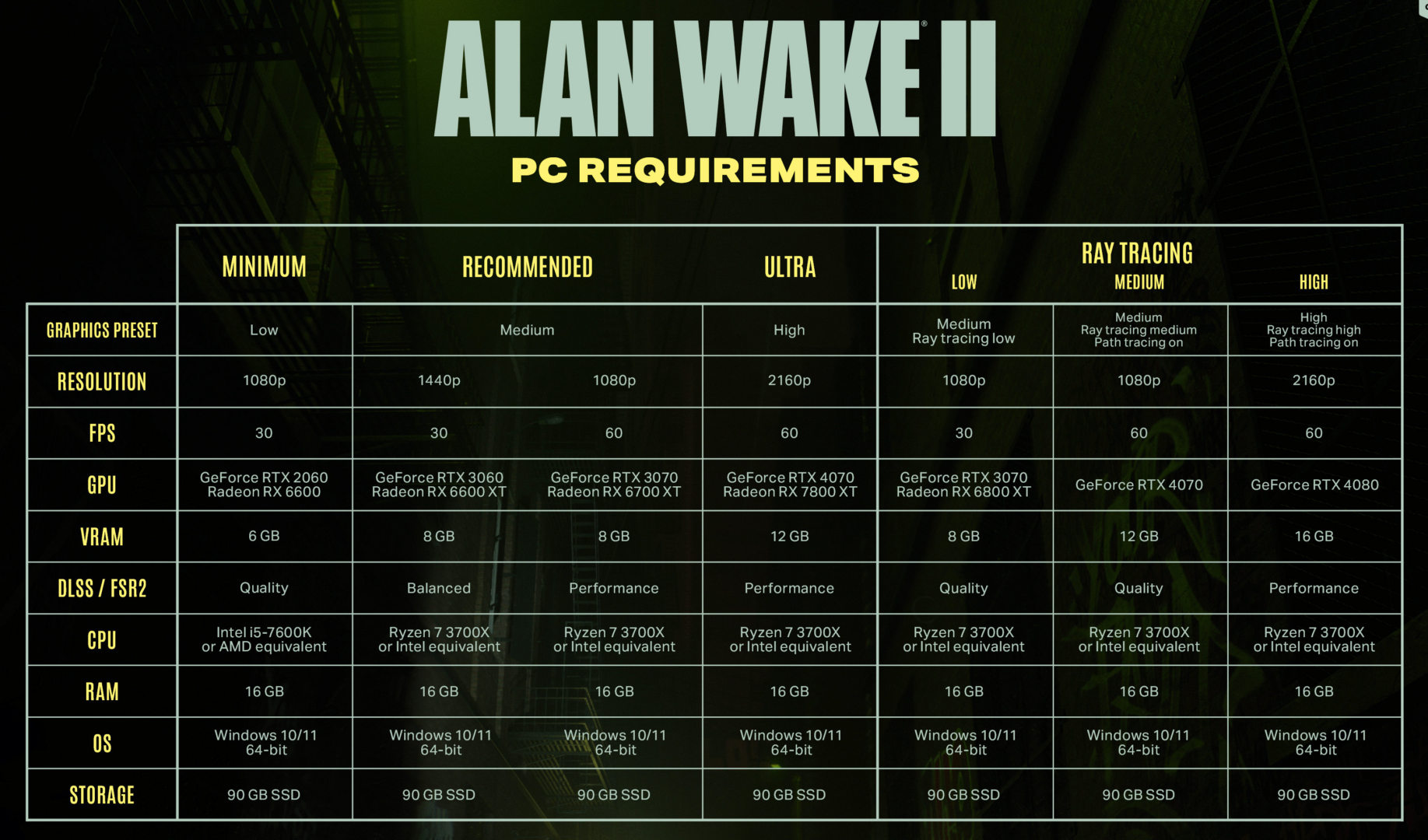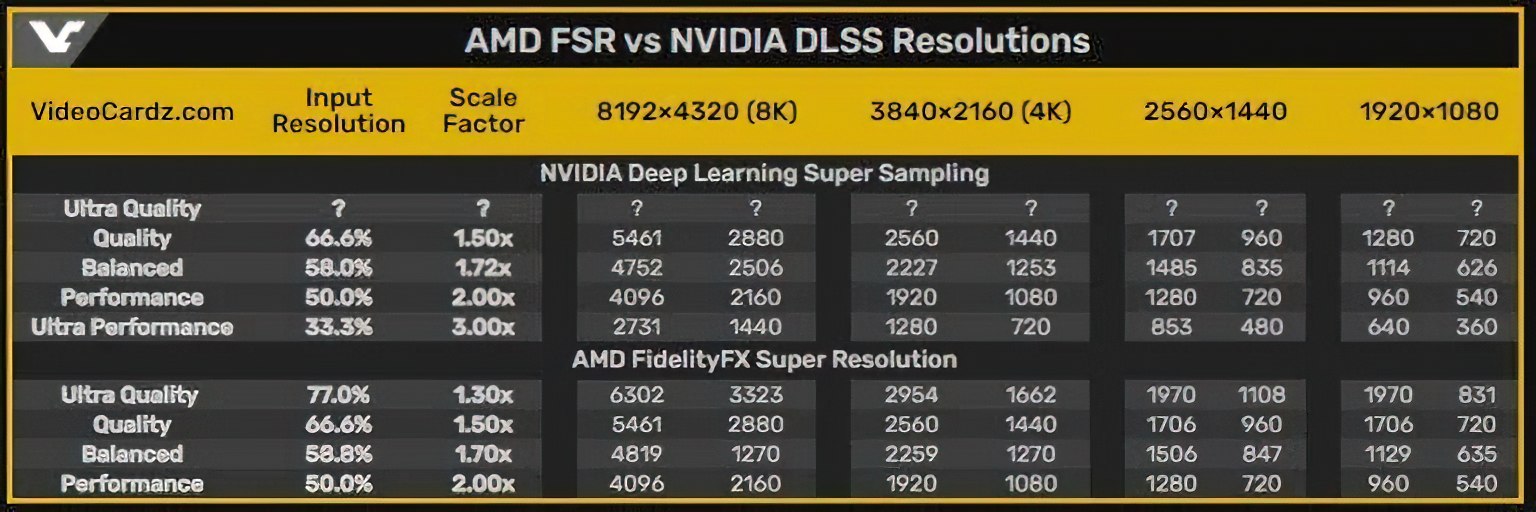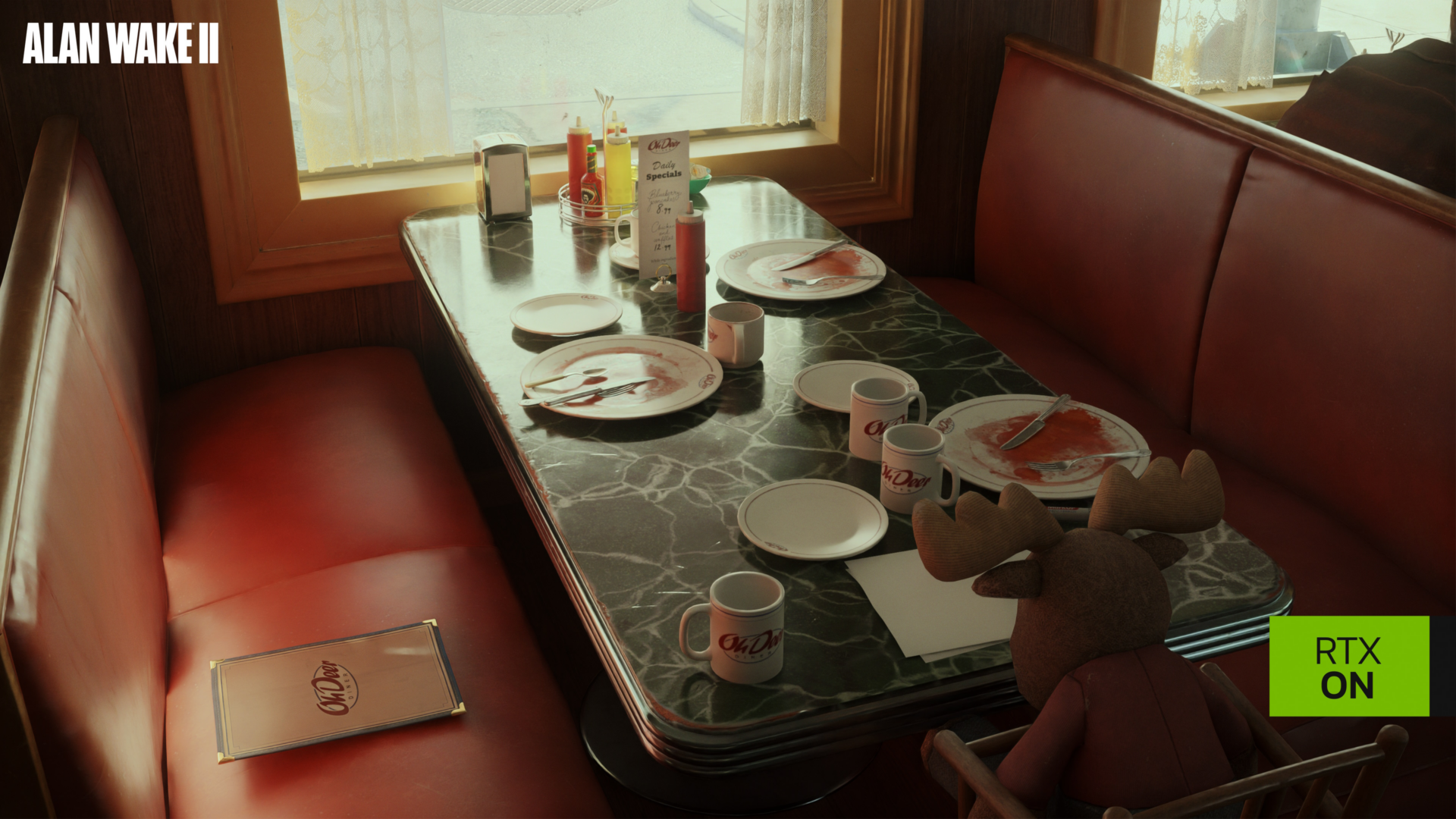Upscaling technologies such as NVIDIA’s DLSS and AMD’s FSR are recommended throughout, even at 1080p resolution.
When it has come to gaming in 2023 it would seem that game developers have been more focused on releasing the most broken and unoptimized games rather than releasing fantastic games that simply captivate audiences with amazing gameplay, story, graphics and performance.
It’s the new criteria now, especially if the game itself happens to be built on the Unreal Engine 5, with Immortals of Aveum being woefully bland and performing even more so alongside EA simply failing to market the game. The third world outsourced hires of Bethesda’s Starfield were too busy to crack down on their models with excessive tris via retopology, combined with an outdated game engine, the PC performance as is the norm for Bethesda was total dogshit.
Remnant II performed like rubbish at launch, numerous in-game patch updates have somewhat rectified the horrible performance but even still you’re essentially forced to play through the game via upscaling technologies such as FSR to actually get a playable framerate, which also applies to Lords of the Fallen which could very well be the most unoptimized broken release this year.
Developers these days don’t really care about optimization and why should they? Considering how upscale technologies such as Intel XeSS, NVIDIA DLSS and AMD FSR are essentially the norm now there’s no point in actually catering towards the PC crowd when you can simply just “upscale” and watch the magic number increase, dare I even say it offers “better than native” image quality according to the most depraved of shills. (Digital Foundry)
Developers don’t even care about producing extraordinary titles to win critical acclaim, even the most detestable of rubbish can simply generate an abundance of sales given how popular gaming has become over the past couple of decades, they don’t make games to be enjoyable and actually sell anymore, they make games to boost their ESG score and receive funds that way.
Remedy Entertainment is another video game developer you can throw into the dogpile of those who’ve simply lost their touch in such a short amount of time, with Remedy being infamous for Max Payne 1 & 2, followed by 2010’s Alan Wake the studio has seemingly produced steaming piles of rubbish ever since.
Quantum Break was an interesting concept, but the overall game was a disappointment, but that’s just my own thoughts on the matter, the game was plagued with horrible PC performance but graphically speaking for a 2016 title it was quite impressive.
And then Remedy squeezed out “Control”, a garbage game from start to finish and more or less served as a very interesting tech demo that utilized NVIDIA’s then new RTX graphics cards by incorporating DLSS which butchered image quality and some limited form of “ray tracing” which made the floors look like Vaseline.
NVIDIA’s bottom bitch, Digital Foundry really got their cocks out for Control however.
The game performed like dogshit, graphically speaking it wasn’t anything spectacular by any means, and with the inclusion of DLSS and RT capabilities, Digital Foundry had the audacity to boldly proclaim that upscaling would in fact provide a “better than native” image output while ray tracing merely just cut your already woeful performance in half.
And now Remedy are finally going back to their critically acclaimed Alan Wake franchise with a sequel over 13 years later, with Alan Wake 2 being described as a sequel and yet a “standalone” experience but that’s only because the game itself features Alan himself as more or less a glorified guest star with the supposed sequel to Alan Wake has players assuming the role of Saga Anderson, a black female FBI agent who has been assigned to probe a series of ritualistic murders in Bright Falls, the very town where Alan’s terrifying ordeal had its origins.
Remedy already tried to go back to Alan Wake’s origins and it didn’t turn out all that well for them.

And now Remedy Entertainment have shared PC system requirements and hardware recommendation for Alan Wake 2, which are seriously demanding, to an absurd level.
Take note of the mandating of NVIDIA DLSS and AMD FSR upscaling technologies across all tiers of performance, even right down to the minimum requirements featuring the NVIDIA GeForce RTX 2060 and AMD Radeon RX 6600, targeting 1080p 30fps with the “Low” graphics preset.

Alan Wake 2 has steep hardware requirements, though obviously you’ll be able to play the game most likely with older generation RDNA 1 / GTX 1000 series components, it’s pretty clear that Alan Wake 2 is another one of those titles where upscaling is essentially forced to get a playable experience out of it with the likes of the RTX 2060 and RX 6600 recommending an upscale preset of “Quality” which equates to an actual render resolution of 720p.

It also recommends a minimum of an Intel Core i5-7600K with this particular preset, The Skylake architecture isn’t particularly old but having just 4 cores with no hyper-threading is borderline playable for any modern title so nothing out of the ordinary here.
Now then, the recommended specifications is shown for both 1440p @ 30 fps and 1080p at 60 fps, with the requirements being a little iffy with an RTX 3060 and Radeon RX 6600 XT being recommended for 1440p 30 fps gaming with the “medium” graphical preset with “Balanced” upscaling.
At 1440p resolution with Balanced upscaling, the game would natively be running at just 1506×847 or 1484×835 resolution if you’re utilizing NVIDIA’s DLSS.
1080p 60 fps with Medium graphical settings for whatever reason prompts an NVIDIA GeForce RTX 3070 and Radeon RX 6700 XT which are both somewhat interchangeable in terms of actual performance capabilities so well done Remedy for being consistent, for 1080p 60 fps on what would be fairly decent mid-range to entry level alternatives in todays time apparently recommends the utilization of “performance” DLSS / FSR upscaling.
Which at a native resolution of 1080p means you’re upscaling from the amazing resolution of 960×540. If you looked a bit more closely you could probably count the pixels individually.
For “4K Ultra” targeting 60 FPS you’re going to need either the NVIDIA GeForce RTX 4070 or the superior Radeon RX 7800 XT, again with the upscaling preset set to “Performance” so your 4K 60 FPS experience just got bumped down to a silky smooth 1080p experience.
The Ryzen 7 3700X is recommended throughout barring the bare minimum specifications listed, with Intel equivalents such as the 8700K, 9700K more than likely being up to the challenge, though I wonder exactly how modern CPUs will impact performance.
For those enthusiastic about embracing the gimmick known as ray tracing, particularly at 60 FPS, it’s recommended to have a minimum of an RTX 4070 or 4080 graphics card, with no mention of AMD’s Radeon 7000 series in this particular bracket, for 1080p 60 FPS with RT on a variance of medium graphical quality settings you can look forward to rendering your game at 720p thanks to a “Quality” DLSS recommendation.
The same applies for a 1080p 30 fps experience with ray tracing on low, but with a graphical preset of medium. Same 720p upscaling recommendation but now this time either the RTX 3070 or Radeon RX 6800 XT is advised.
If you however wish to play the game at “4K” resolution with ray tracing settings enabled, firstly you’re going to have to set your DLSS preset to “performance” which at 4K equates to 1080p, then you’re going to need a $1200 GeForce RTX 4080.


Alan Wake II is scheduled for launch on October 27, 2023, and will be accessible on PC, PlayStation 5, and Xbox Series X|S platforms but I’m not all that enthusiastic about this particular title. Developers have been more focused on producing the worst possible experience to PC players this year than ever before, especially when “1080p 60” apparently equates to the likes of an RTX 3070 / RX 6700 XT which in actuality is upscaled from 960×540, Remedy can surely stick this game up their asshole.
The message is being read loud and clear, upscaling is no longer a simple “feature” to boost performance anymore, it’s used as a mandatory crutch that all games must take full advantage of.
NVIDIA’s DLSS technology far outpaces the likes of AMD’s FSR in terms of outright image quality when your native resolution is low to begin with, when comparing DLSS and FSR at higher native resolutions, such as 3840×2160 they are indistinguishable. NVIDIA has the most effective technology and market presence, They are actively promoting DLSS upscaling with great enthusiasm, as majority of NVIDIA’s PR marketing revolves around keywords such as “DLSS” and “RTX.”
I hope that gamers simply stop being retarded and boycott these companies, by abstaining from purchasing such games and or resorting to piracy in droves. It’s all too common in this day and age for poorly optimized games to generate large sales without facing any sort of consequences.
Companies have already lost the motivation to prioritize optimization in their development, without this incentive alongside the likes of NVIDIA pushing DLSS 3 and AMD countering with FSR 3, both with magical fake frame generation as a “performance” booster, the future of gaming looks even more dire as the likes of supposedly high-end hardware such as the RTX 4070 will be limited to substandard low resolution gaming within just a handful of years.
Just as how the RTX 3070 has now apparently been turned into a 1080p powerhouse.
But don’t get me wrong, this game is graphically outstanding, quite possibly the best graphical fidelity of any game released in the past several years, certainly this year alone, but is such demanding performance from very powerful graphics cards worthy of such graphical quality? I’m not quite sure about that.
The fact that the game is on PC as an Epic Games Store exclusive is the straw that broke the camels back with me personally. Do not buy this garbage, you’re better off purchasing the ahoy! edition for the low price of $0.

Though I am certain the fine shills at Digital Foundry will be slurping up Alan Wake 2 for its pretty graphics when it does release on October 27th.
